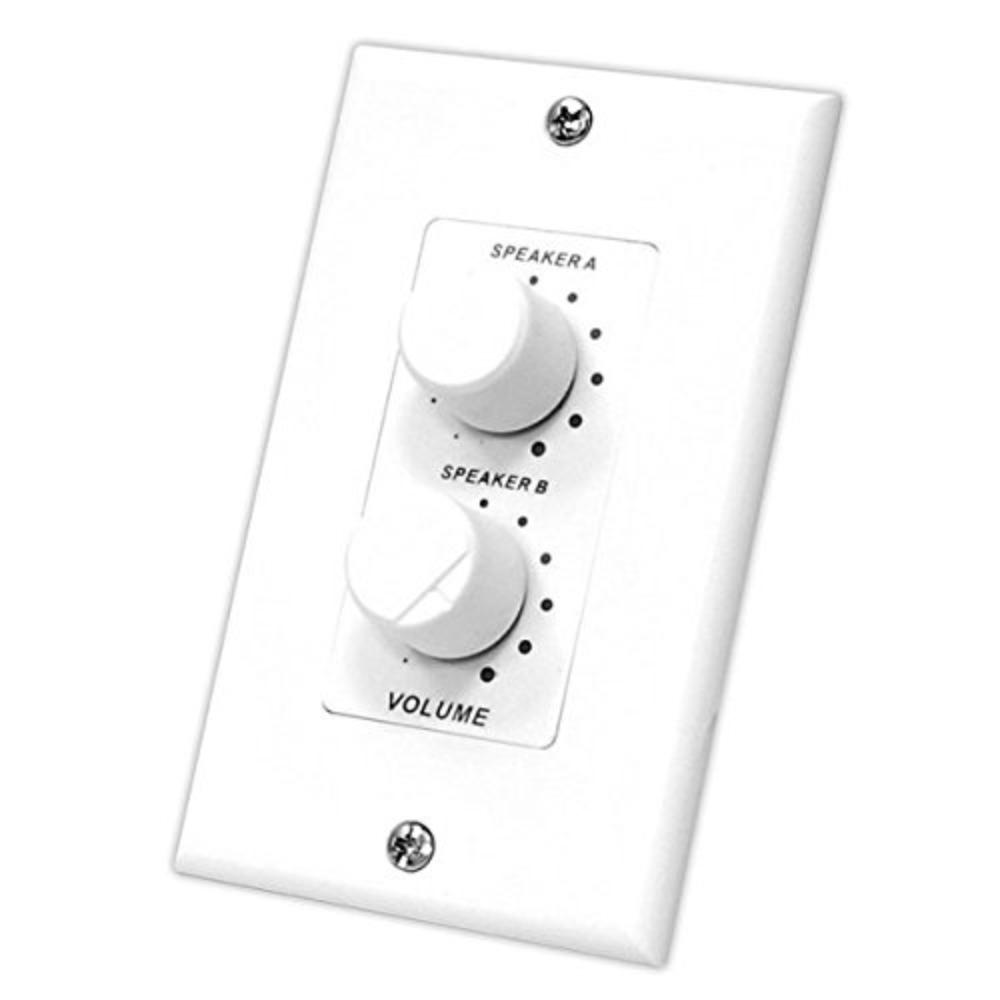
- Sound control speakers android#
- Sound control speakers Bluetooth#
- Sound control speakers free#
- Sound control speakers windows#
Private val callback = object : MediaSessionCompat. Private val myNoisyAudioStreamReceiver = BecomingNoisyReceiver() Private val intentFilter = IntentFilter(AudioManager.ACTION_AUDIO_BECOMING_NOISY) That listens for this intent whenever you’re playing audio. When audio output switches back to the built-in speaker the system broadcasts an ACTION_AUDIO_BECOMING_NOISY Users usually expect apps that include a music player with onscreen playbackĬontrols to pause playback in this case.
Sound control speakers Bluetooth#
When a headset is unplugged or a Bluetooth device disconnected, the audio streamĪutomatically reroutes to the built-in speaker. Wired headsets, and many also feature Bluetooth connectivity and support for Most devices have a built-in speaker, headphone jacks for Users have a number of alternatives when it comes to enjoying the audio from Restaurant Sound System with JBL Control 50 Subwoofer-Satellite Speaker System, Rackmount Bluetooth Mixer Amplifier and Volume Control This JBL restaurant sound system with the surface mount JBL C50PACK system includes an 8' subwoofer and four 2.5' satellite speakers. Use tVolume() which sets the volume of the underlying AudioTrack. On fixed-volume devices, the app should connect its own volume controls to theĪppropriate setVolume() method in the table below: Player Its output volume with other apps that might be playing on the same stream.

You can discover if yourĪpp is running on a fixed-volume device by calling isVolumeFixed().Īn audio app should provide the ability to balance Methods described above to change the level of an audio stream. Some devices (like Chromebooks) have volume controls but do not allow apps to use the AudioManager These methods change the volume of every app that uses the stream.
Sound control speakers android#
The Android AudioManager mixes all audio streams of the same type together. ForĮxample, when your app replaces an existing UI. In rare cases, you can set the volume of an audio stream programmatically. Controlling stream volume programmatically
Sound control speakers free#
The volume controls to STREAM_MUSIC whenever the target activity or fragment : Speaker Control 1-16 of over 7,000 results for 'speaker control' RESULTS OSD 100W in Wall Volume Control Impedance Matching for Home Speakers, Rotary Knob White SVC100 1,351 2499 Get it as soon as Thu, Sep 8 FREE Shipping on orders over 25 shipped by Amazon Small Business More Buying Choices 23. Method of the activity or fragment that controls your media. Make this call in your app’s lifecycle, typically from the onResume() SetVolumeControlStream(AudioManager.STREAM_MUSIC) Passing in the stream type matching your attributes that you can retrieve from Unless your app is an alarm clock, you should play audio with usage If your app isn't currently playing anything, hitting the volume keysĪdjusts the music volume (or the ringer volume before Android 9). This allows users to control the volume of each stream independently.īy default, pressing the volume control modifies the volume of the active audio Notifications, the incoming call ringer, system sounds, in-call volume, and DTMF When a user presses a volume key in a game or music app the volume shouldĬhange, even if the player is paused between songs or there’s no music for theĪndroid uses separate audio streams for playing music, alarms,

Peripheral like headphones is disconnected while in use. Includes the ability to use the volume controls (either buttons or knobs on theĭevice or sliders in the UI), and to avoid suddenly playing out loud if a The application is developed by Nirsoft, which means that it offers the same level of quality that Nirsoft applications share.Users expect to be able to control the volume of an audio app.

The main purpose of the application is to add sound volume controls to the mouse, or more precisely the mouse wheel.
Sound control speakers windows#
Volumouse 2, which was recently released as a beta version, adds another sound controlling option to the Windows operating system. It would mean to either leave the fullscreen mode or modify the sounds settings in the application if sound controls are provided (unless an external sound control is available). The default options are sometimes not that practicable, for instance when a fullscreen application is running. Some users have headsets with external volume controls that can also be used for the purpose. Users with multimedia keyboards can furthermore use the controls on the keyboard to alter the volume on the system. Windows users can change the volume of sound on the system either from the volume icon in the system tray or the Control Panel.


 0 kommentar(er)
0 kommentar(er)
